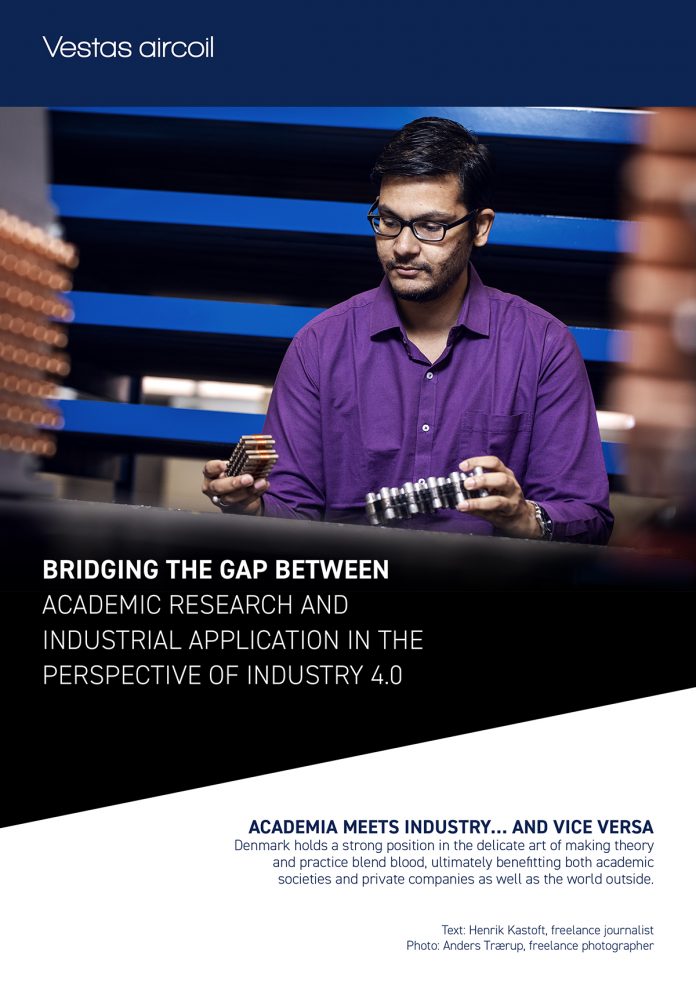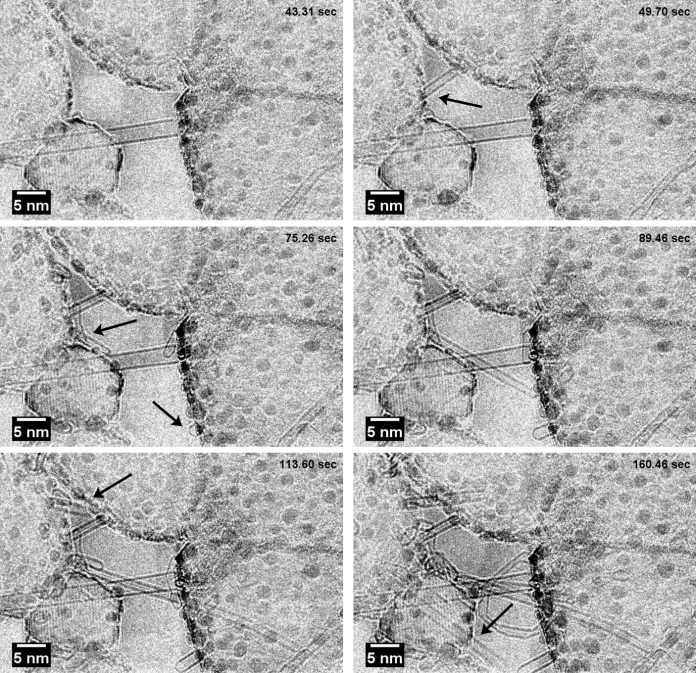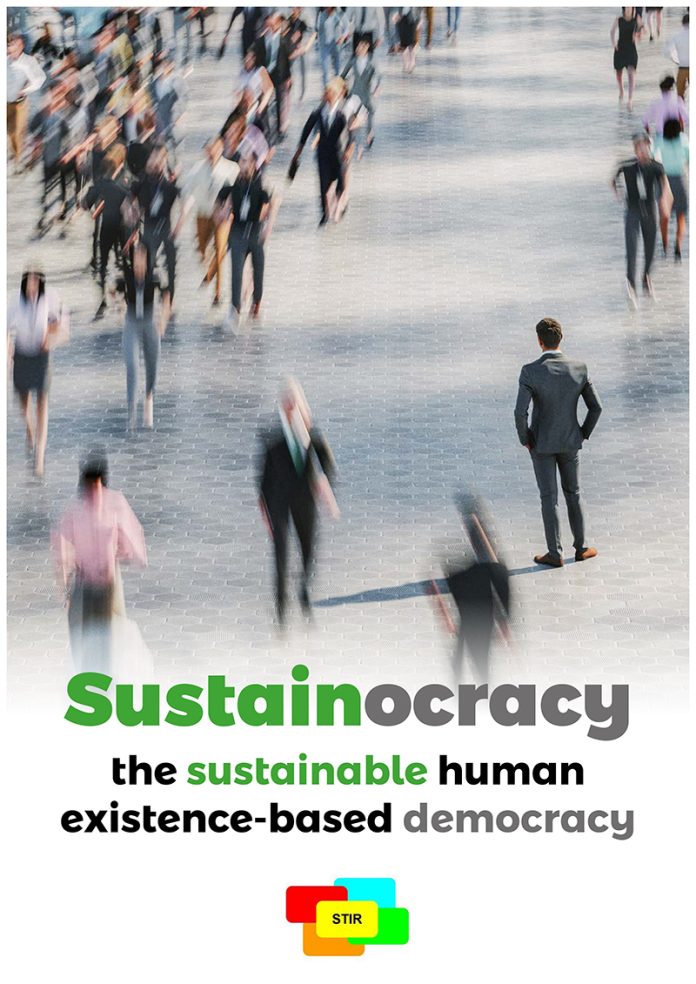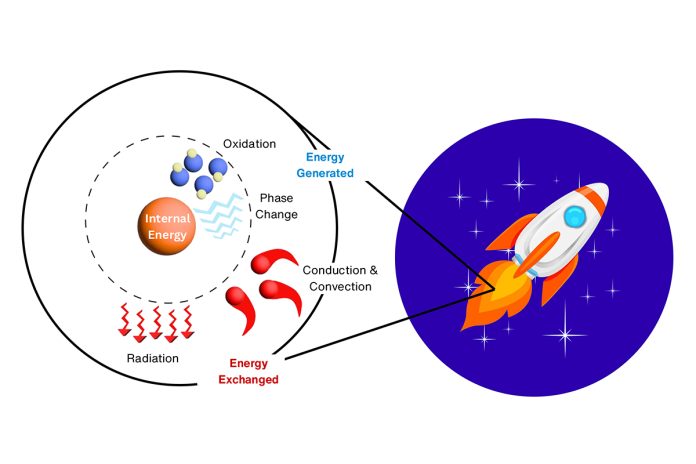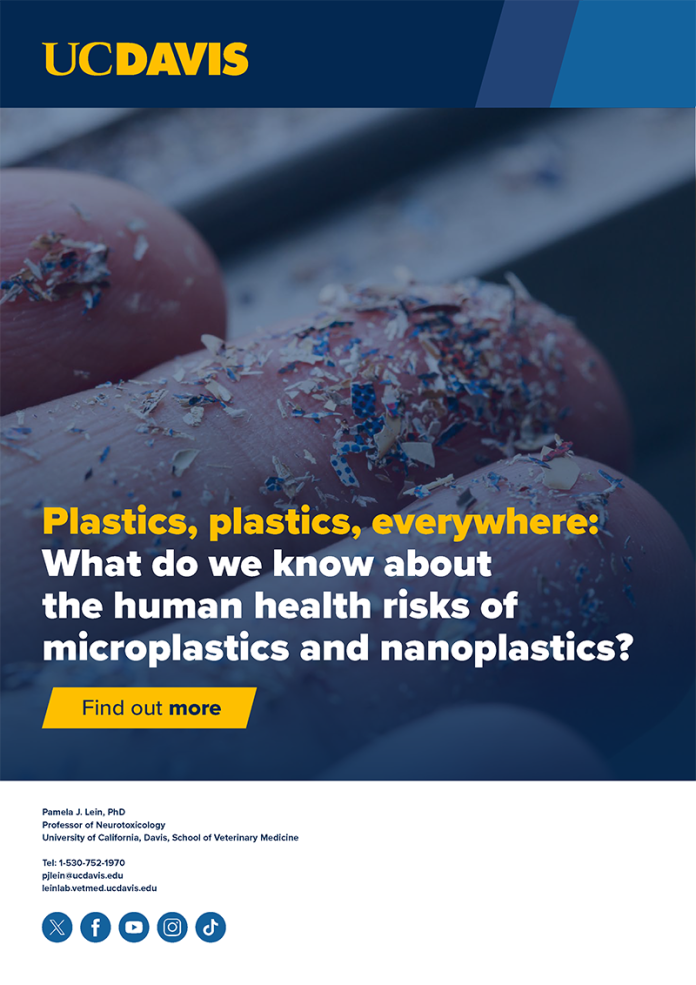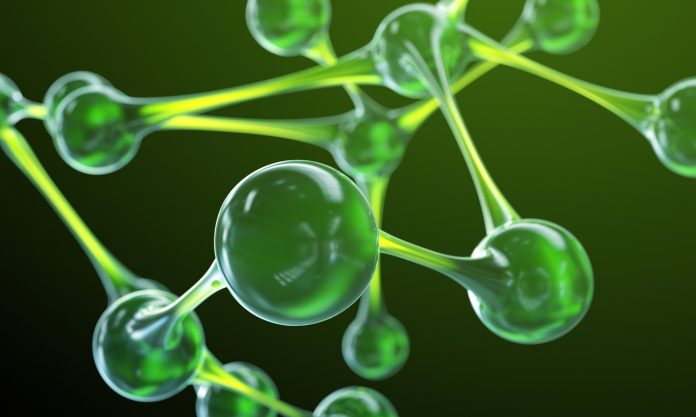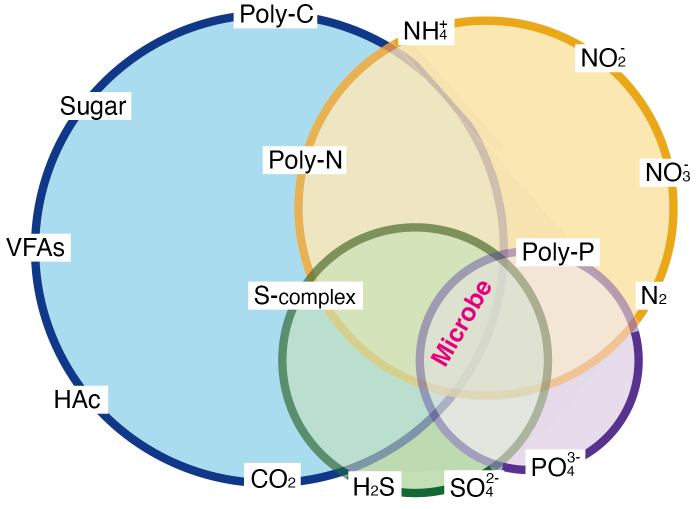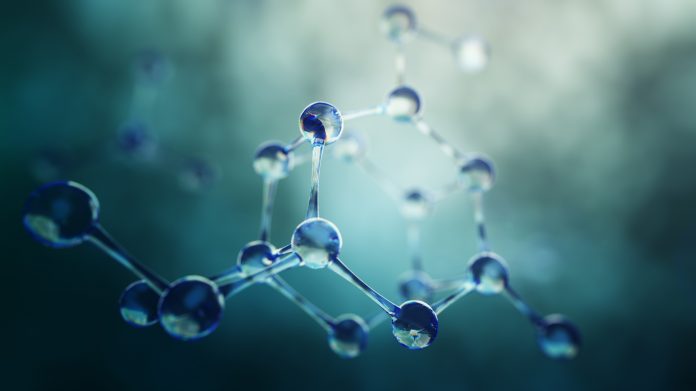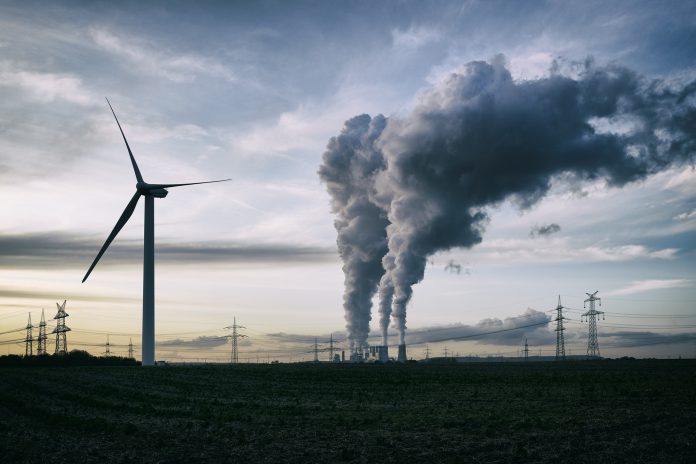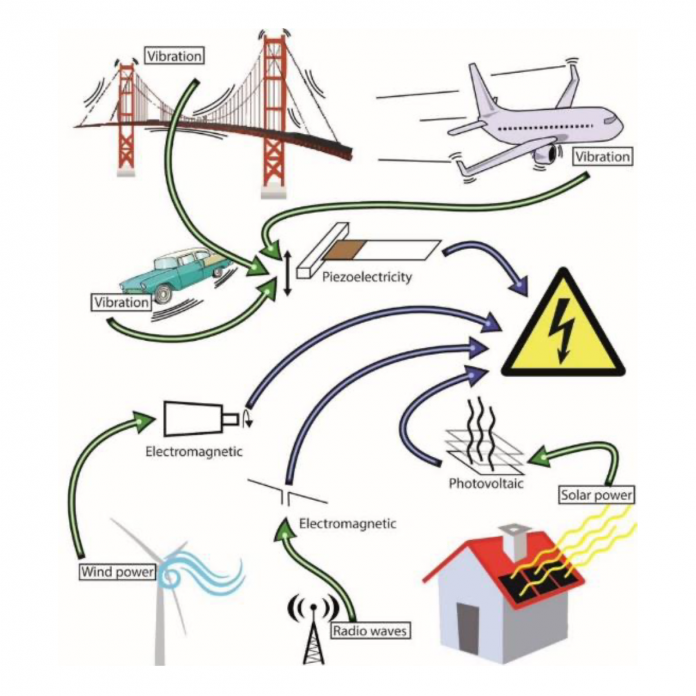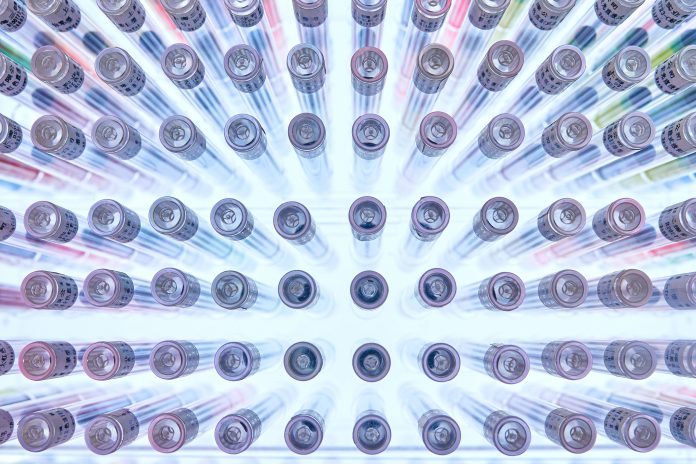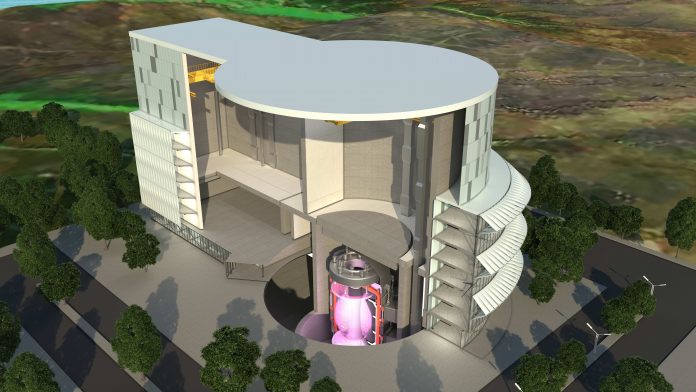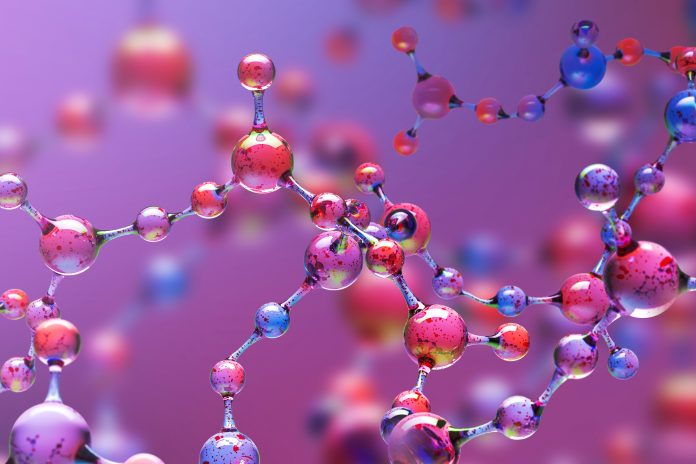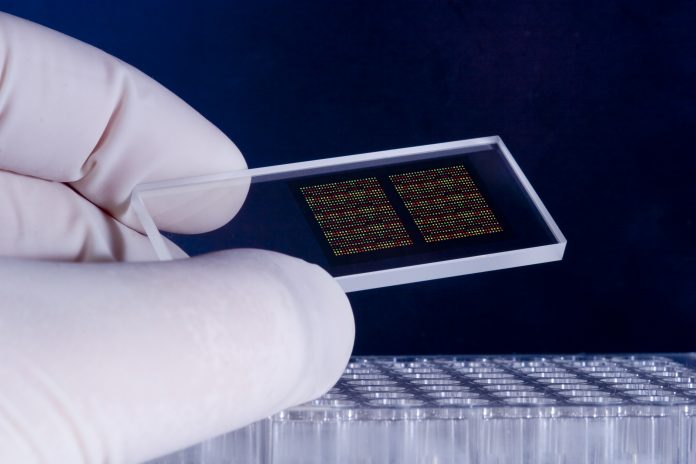Open Access Government produces compelling and informative news, publications, eBooks, and academic research articles for the public and private sector looking at health, diseases & conditions, workplace, research & innovation, digital transformation, government policy, environment, agriculture, energy, transport and more.
Home Search
industrial reactions - search results
If you're not happy with the results, please do another search
Bridging the gap between academic research and industrial application in the perspective of industry...
“Good is not good enough when better is expected”. A quote that may very well apply for Atul Singh (29) from India working tirelessly at his computer optimizing engineering designs for the better.
Atom-by-atom: Gas to solid reactions visualised in real time
Professor Jakob Birkedal Wagner, Scientific Director at the Center for Electron Nanoscopy at DTU Cen, provides an absorbing insight into gas to solid reactions that are visualised in real time, atom-by-atom
A breakthrough process set to boost methanol production efficiency using carbon dioxide
A new method could transform fuel and manufacturing industries by turning C02 into a valuable chemical.
Sustainocracy: The sustainable human existence-based democracy
Redefining regional existential authenticity and sustainability.
MIT researchers develop fuel cell to power electric aviation
Researchers at MIT and their collaborators have marked a major step forward for electric aviation, offering a new energy storage solution that surpasses today’s lithium-ion batteries in energy density.
Power generation game changers: Metal fuels to propel our future
Dr Michelle Pantoya of Texas Tech University examines the advantages of metal fuels compared to traditional hydrocarbons, emphasizing their potential importance in future energy generation.
What do we know about the human health risks of microplastics and nanoplastics?
Plastics have greatly benefited humanity, enabling many significant advances in medicine, electronics, aerospace, construction, food packaging, and sports. However, there is growing concern that plastics may also be responsible for significant harm to the earth’s environment and human health.
Advancing materials science: Translating innovative research to commercial prospects
Aarthi Janakiraman, Research Director of the Advanced SciTech Division at Everest Group, focuses on advancing materials science and translating innovative research into commercial opportunities.
Catalyzing mineral weathering for permanent, safe and cost-effective carbon storage
Martin Van Den Berghe, CEO of Cytochrome, discusses catalyzing mineral weathering for permanent, safe, and cost-effective carbon storage.
Scientists make a breakthrough in transforming CO2 into renewable methanol
Yale University scientists have developed a new process that converts carbon dioxide (CO2) from industrial emissions into renewable methanol, a widely used liquid fuel.
Microbes as high-potential green resource producers
Hui-Ping Chuang, Assistant researcher at the Sustainable Environment Research Laboratories of the National Cheng Kung University, shares insights into the vital role of microbes in waste removal and sustainable resource generation.
How the “tides” have turned in pharma manufacturing
Two seasoned experts from CPI, Medicines Manufacturing Innovation Centre, detail how the “tides” have turned in pharma manufacturing.
Scientists discover cost-effective method to produce key drug molecules
Scientists at Scripps Research have revealed a new approach to synthesising crucial molecules used in drug development.
Research holds hope for sustainable acetylene production
Researchers have found an approach to help tackle sustainability; the study introduces a strategy to produce acetylene (C2H2).
Energy harvesting for unlimited lifetime systems
The Internet of Things (IoT) and services, wireless sensor networks (WSNs), trillions of sensors, Industry 4.0, and digitalisation – all these are hungry for data, and their common challenge is energy.
The future of sustainable electrified catalyst recycling
Xochitl Dominguez Benetton, Senior Scientist & Project Coordinator at the Flemish Institute for Technological Research (VITO) and the FIREFLY consortium, explore competitiveness and sovereignty through sustainable electrified catalyst recycling.
UKAEA implementing the UK’s fusion energy strategy
Find out in this interview how the United Kingdom Atomic Energy Authority (UKAEA) implements the UK’s fusion energy strategy.
Could an AI lab revolutionise chemical research?
Fast-Cat is a cutting-edge "self-driving" lab developed by researchers is revolutionising the way chemical research takes place.
Microfluidic microbial bioreactors: How studying microbes at the microscale can help empower microbiology
Long before the existence of microbes was known, humans were unknowingly harnessing their power through practices such as brewing, bread leavening, or cheesemaking. These processes extended the shelf life of food, enhanced its nutritional value, and significantly contributed to the advancement of industry and civilization.
Harnessing redox power for biotechnological application in purple non-sulphur bacteria
Here we explore purple non-sulfur bacteria (PNSB) and some of its biotech applications, with a focus on how these applications have been enhanced by manipulating the flow of reducing power.

